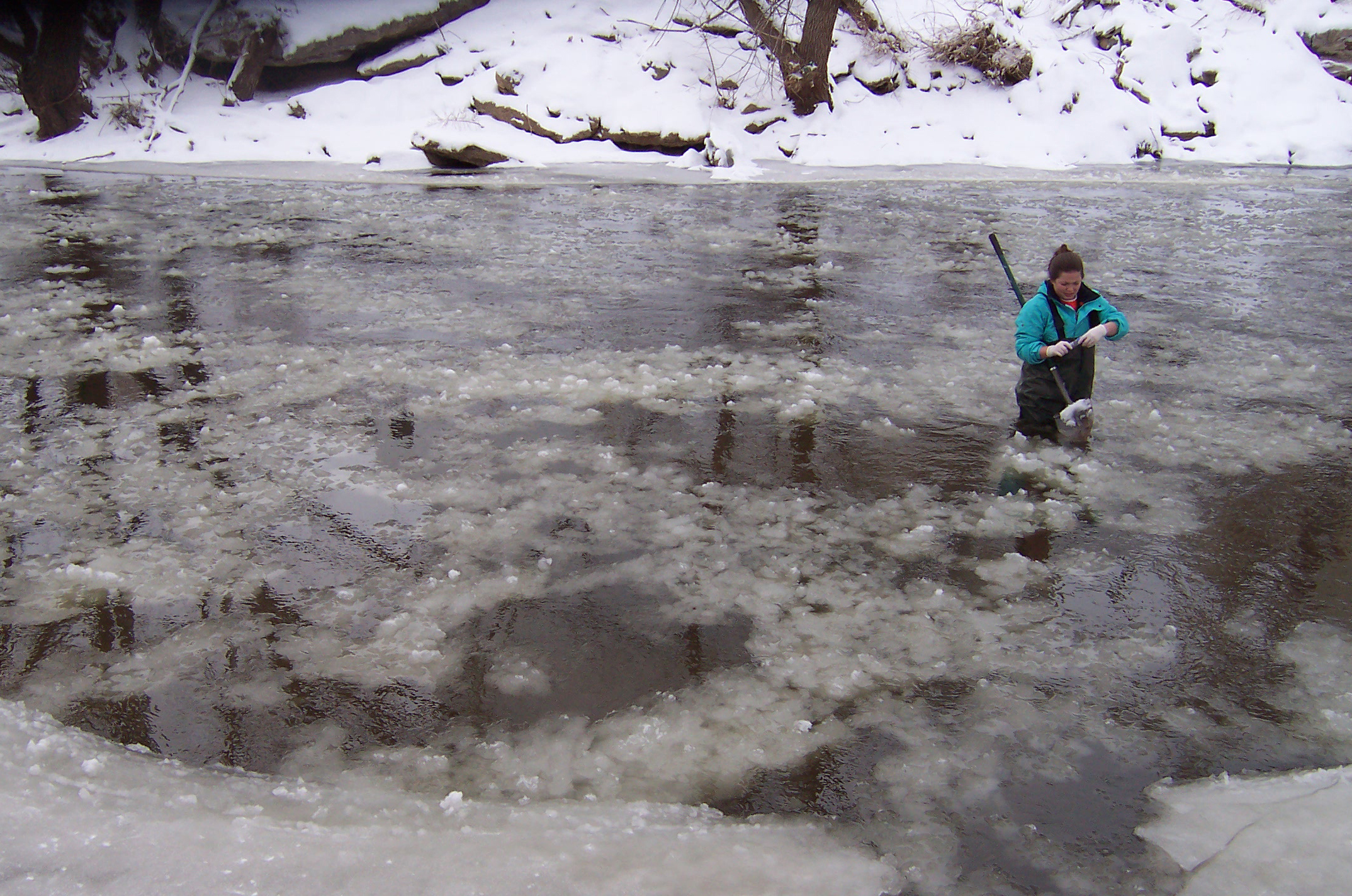Amy Pruden receives grant to study recent Colorado flood effects on antibiotic resistance

The World Health Organization and the Center for Disease Control has recognized antibiotic resistance "as a critical health challenge of our time," said Amy Pruden, a Virginia Tech environmental engineer who is credited with pioneering the concept of antibiotic resistance genes as environmental pollutants.
Pruden said reducing the spread of antibiotic resistance is a critical measure needed to prolong the effectiveness of currently available antibiotics. This is important since "new drug discovery can no longer keep pace with emerging antibiotic-resistant infections," Pruden said.
Pruden is a 2006 National Science Foundation CAREER award recipient as well as a 2007 Presidential Early Career Award in Science and Engineering honoree.
Pruden's unique expertise in characterizing environmental sources and pathways of antibiotic resistance has garnered her as lead of a new NSF RAPID grant to study the recent Colorado flood's effect on antibiotic resistance genes. She will work with Mazddak Arabi of Colorado State University and Diana Aga of the University of Buffalo on the project that will improve the understanding of the role the watershed processes play in disseminating resistance.
For more than 10 years, this research team has monitored the watershed of the South Platte River Basin, southwest of Denver. "We have already generated a robust data set of antibiotic resistance genes and antibiotics, as well as a unique interdisciplinary watershed-scale approach for characterizing the land-use on their distribution," Pruden explained.
The recent Colorado flooding occurred during the week of Sept. 9, 2013, with flood waters affecting 17 counties over a spread of 200 miles north to south, transporting enormous loads of sediment and transforming the semi-arid landscape of the Front Range of Colorado.
When an antibiotic is consumed, researchers have learned that up to 90 percent passes through a body without metabolizing. This means the drugs can leave the body almost intact through normal bodily functions.
In the case of agricultural areas, excreted antibiotics can then enter stream and river environments through a variety of ways, including discharges from animal feeding operations, fish hatcheries, and nonpoint sources such as the flow from fields where manure or biosolids have been applied. Water filtered through wastewater treatment plants may also contain used antibiotics.
Consequently, these releases become "potential sources of antibiotic resistance genes," said Pruden.
The overall goal of their new research grant is to take advantage of the knowledge gained from the flooding in Colorado to help clarify what mechanisms control the fate and transport of antibiotic resistance genes originating from wastewater treatment plants and animal feeding operations in the watershed.
"Our overarching hypothesis is that two main mechanisms drive antibiotic resistance gene dissemination: selection by antibiotics and/or metals and the transport via physical processes such as sediment transport," Pruden said.
Their method will be to compare the antibiotic resistance elements in water and sediment samples along a defined pristine-urban-agricultural river gradient from before and after the flood.
They will also compare antibiotics and metals in water and sediment samples along a defined pristine-urban-agricultural river gradient and examine the correlation with antibiotic resistance genes from before and after the flood.
"We believe our research will have vital implications for the development of effective policy and management practices to prolong the useful lifespan of antibiotics critical to human and animal health," Pruden said.
Emily Lipscomb, of Swanton, Md., an NSF graduate research fellow, will help carry out the project along with assistance from undergraduate students alongside the trio of faculty leading this work.




